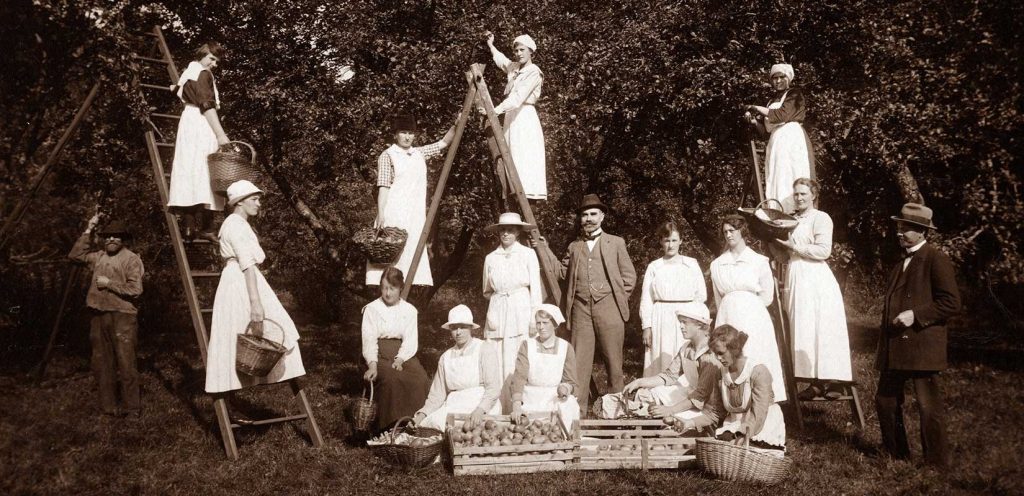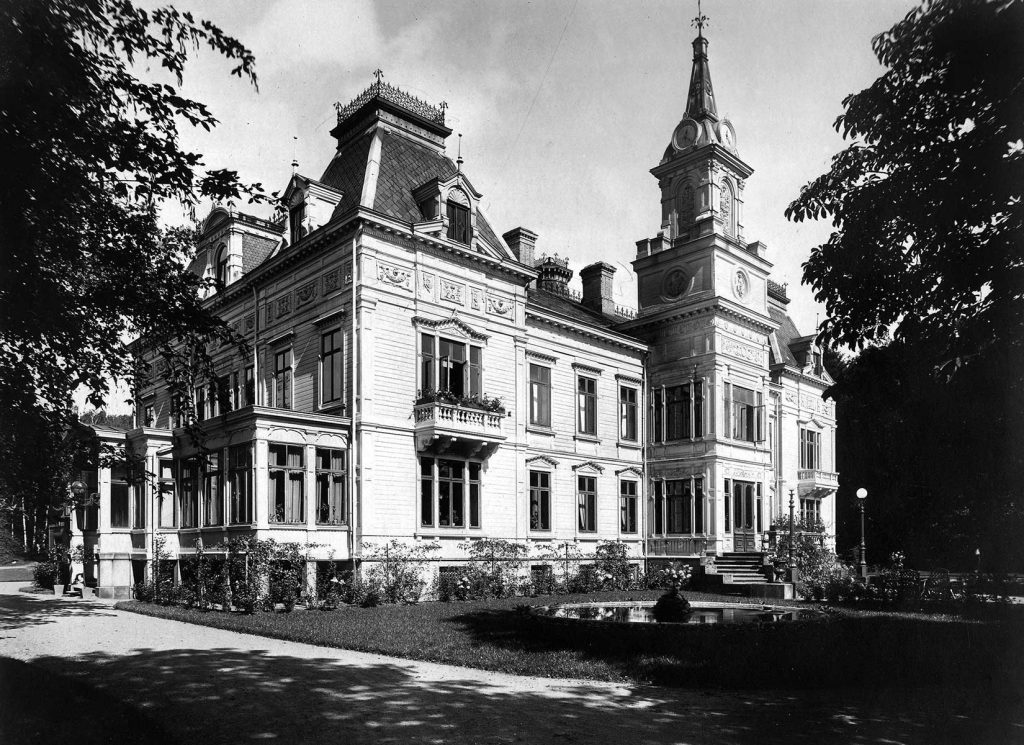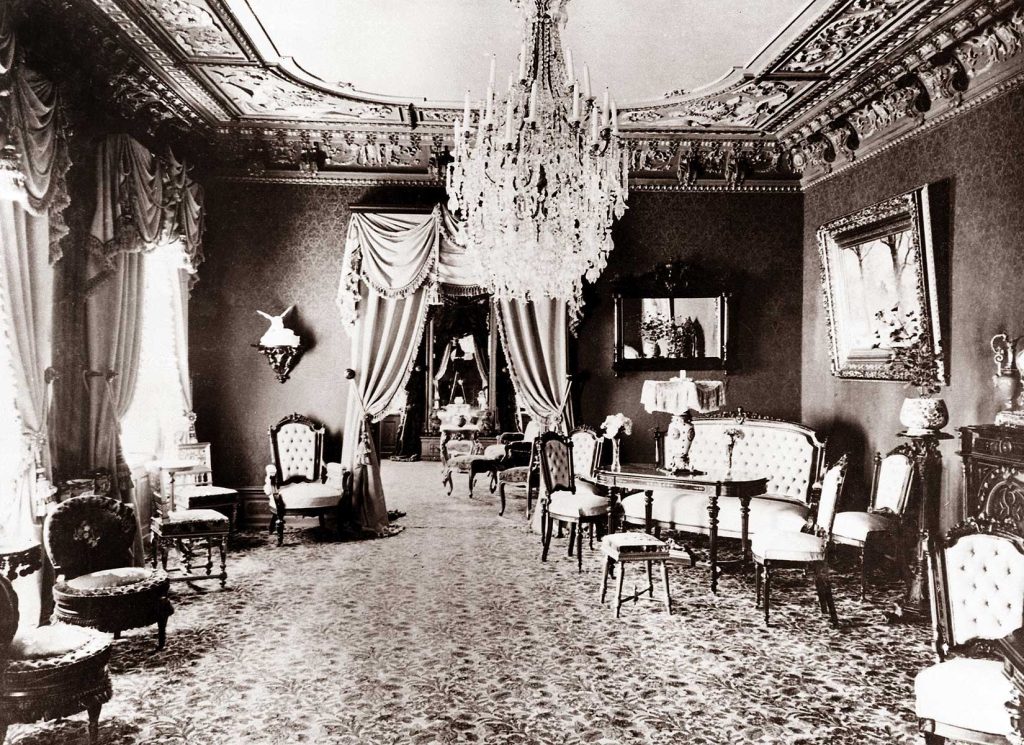-
Check in weekdays: 15:00-20:00
Check in weekends: 15:00-20:00
-
Breakfast weekdays: 08:00-10:30
Breakfast Weekends: 08:00-10:30
The man who had the house built was Bruno Wendel, born in 1824 in Frankenberg, Saxony, Germany.
He was sent to Sweden by his father-in-law Gustav Ferdinand Hennig, who was the manager and founder of Mölnlycke Bomullswäfveri AB to “learn business”, and eventually Bruno desided to settle here.
The business flourished from 1852 to the 1880s and they exported their odorless moleskin (a kind of impregnated work cloth) all over the world, which eventually led to Mr. Wendell having one of Sweden’s largest fortunes.
The factory burned down on three occasions, but even though it burned, it was never closed. Bruno simply made sure there were other assignments. While the factory was being rebuilt, he let the workers build the park around Wendelsberg instead.

The house Wendelsberg was designed by the well-known architect Adrian C. Petersson and is stylistically designed in the neo – renaissance style. Adrian C. Petersson is the architect behind a number of buildings in Gothenburg and churches around Sweden. He was, according to Bruno, perfect for the assignment.
And Surely Adrian could draw magnificent houses! The first proposal was far too grandiose though, and was scrapped fairly immediately when Bruno felt that it had become “too vulgar”.
In 1883, Wendelsberg was completed. A wooden castle built as a retirement home for the manager Wendel, when it eventually would be time for him to leave his business. It was a lavish and magnificent building, at the top of a built-up hill, all so that Bruno would have a view of the pond, the factories and “his Mölnlycke”. Wendelsberg, with running water available from the basement, an early attempt at central heating, towers, pinnacles, bell towers, verandas, balconies, salons, stables for the racehorses, swan pond, peacocks, statues and fountains!


Bruno and his wife Marie-Louise moved in in 1884. Around 1880, the factories are said to have been Sweden’s most modern textile factory and business flourished and the expansion continued at a rapid pace.
But in 1893, at the age of 70, Bruno died.
After Brunos death, it was up to his sons, Arthur and Richard, to take over the business. After only two years Arthur decided to buy all of the the shares himself and ran the company alone. Arthur wanted to modernize the factory, but the recession after the turn of the century led to worse and worse results for the business. The widow Marie-Louise Wendel decided to sacrificed her fortune to be able to save the company. But in 1906 the situation became impossible and the company had to go bankrupt. The house and all of its belongings had to be sold.
In 1907, Wendelsberg, with its purebred horse stables and kitchen gardens, was bought by the small sobriety movement NGTO, which made a major effort to raise the SEK 45,000 needed for the purchase.
The following year, 1908, Sweden’s first business-owned folk high school was started.